Kirthanaa Naidu’s Malaysian Pantry Staples
Kirthanaa Naidu’s Malaysian Pantry Staples

Discover Kirthanaa Naidu’s Malaysian cookery staples, from savoury belacan to fragrant pandan, as told in our cookbook collaboration with Apartamento.
While I sit here exploring some key ingredients of Malaysian cooking, I think of what I gravitate towards in my pantry; I think of the flavours of home. What makes Malaysia unique is our food – it’s a true celebration of different cultures so rich in history and tradition, a melting pot home to Indian, Chinese, Malay and Indigenous peoples. As a nation, we celebrate Chinese New Year, Hari Raya (Eid), Diwali and Christmas. Most people, no matter their religious beliefs, come together over food for festivities celebrating their neighbours’, friends’ or colleagues’ culture.
Pandan
I often get asked what pandan is, so let me give you my usual spiel: It is a green leaf from a hardy, tropical plant. It’s grassy in its raw form, and as you cook it, the flavour acquires a sweet, lightly toasted, vanilla-esque profile with a hint of almond and coconut. Pandan is most commonly referred to as the ‘vanilla of the East’ because of its aromatic and distinct flavour. However, unlike vanilla, this hero ingredient is so versatile that it is used in both savoury and sweet dishes.
For savoury cooking, I tie a couple of leaves in a knot to release the aroma and bloom them in oil as you would other aromatics. We add them to curries, rendang, sambal and even to rice. To make the rice for our national dish, nasi lemak, we use coconut milk, knotted pandan leaves and other aromatics like lemongrass and ginger. The scent it releases, laden with the fragrance of pandan, is unmatched. For desserts, we may use the knotted leaf technique again for porridges and anything that’s liquid to infuse the flavour of the pandan. However, for more solid desserts like cakes – kuih, for example – you would make pandan juice simply by blending pandan leaves with water and passing the mixture through a cheesecloth or a strainer with a very fine mesh. You are then left with a beautiful green-coloured juice that infuses your desserts with a wonderful verdant tint.
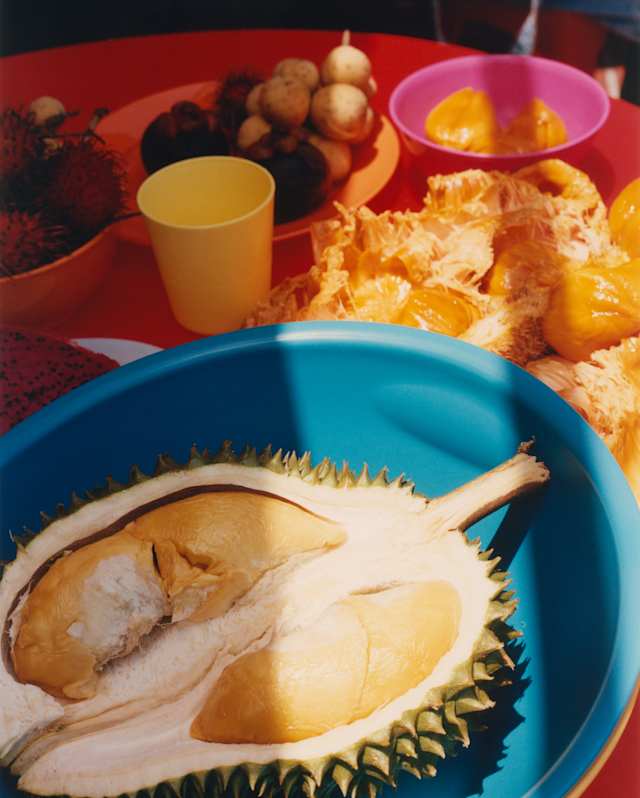
Gula Melaka
‘Gula melaka’ is a Malay term that translates to ‘sugar from Malacca’, and it references a type of palm sugar. Not to be confused with Thai palm sugar, which is much lighter and closer to jaggery (Indian palm sugar), gula melaka is a key ingredient in Malaysian cooking – both sweet and savoury. It has a complex, rich essence that is caramelly and slightly smokey, and some even say it has notes of chocolate and sweet toffee.
While it’s less sweet than regular sugar, it is more decadent. It comes in the form of dark brown cylindrical blocks which are widely available in every market and supermarket in Malaysia. For curries, salad dressings and desserts, I use the sharp edge of my knife to shave off my desired amount of gula melaka, which is also commonly used as a base for gula melaka syrup; the sugar is melted with water to create a thick, luscious syrup that can be poured over desserts or used to sweeten drinks. For curious cooks who want to experiment with it, try subbing gula melaka for regular sugar the next time you are baking. I have made many delicious desserts with it, such as madeleines, butter cakes, custards and panna cottas.
Belacan
Belacan is an extremely pungent shrimp paste made from shrimp and salt left to ferment for weeks, creating a mixture that is dried and compressed into blocks. This dark-brown block has a very distinct, strong, and sharp flavour; it smells fishy in its raw form, but once it’s cooked, the smell becomes more palatable. Despite its smell, it is a true flavour bomb and a source of umami in many Malaysian dishes. I tend to use a coin-sized amount, and it is important to lightly toast the belacan first in order to release its flavour before adding it to a dish. My tip for reducing the risk of having your home smell of fish for the rest of the day is to wrap your belacan in aluminium foil and toast it over a light flame on the hob – a trick that helped me when I was making huge batches of sambal for supper clubs while trying to save my flatmates from the powerful smell.
Tamarind
When I think about how to describe tamarind, sweet and sour notes come to mind. It’s a form of fruit that resembles bulbous brown pods with a thick, sticky brown pulp that almost resembles the texture of the inner layer of a date. Tamarind pulp, the fruit’s most common, processed form, comes in square blocks that you can peel, resulting in tough strips that you soak in warm water for 10–15 minutes in order to use for cooking.
The best way to get the most of the fruit’s flavour is to remove the softened pulp from the seed, straining the pulp. The extracted tangy juice is used to make Penang assam laksa, stir fries, sambals and many other dishes. Some households in Malaysia collect tamarind seeds, wash them, and save them to play games like Congkak, a wooden board game for two players.
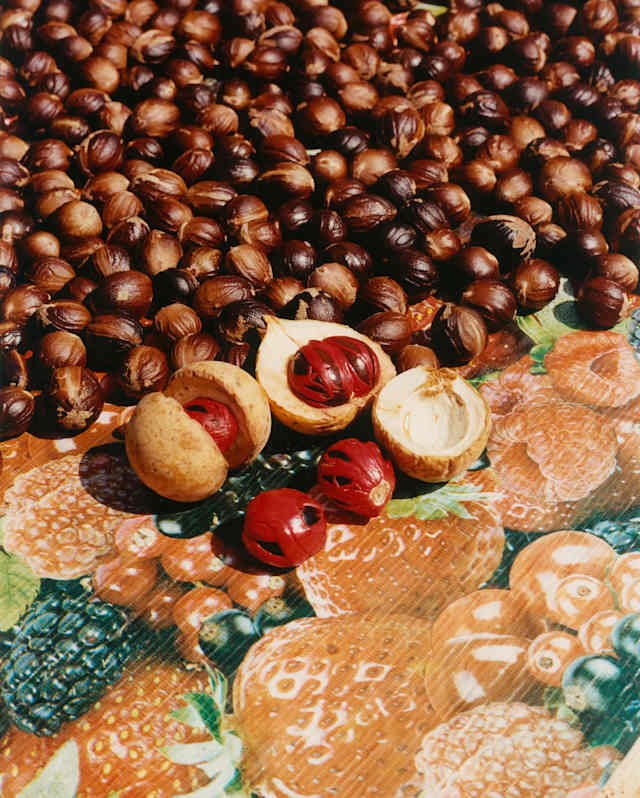
Coconut Milk
This ingredient needs no introduction – everyone has, at some point, used coconut milk in their cooking. There are two types of coconut milk: fresh packs available at morning markets or any local supermarket and the canned version, which is much thicker, richer and creamier. To make coconut milk, freshly desiccated coconut is blended with water then passed through a fine sieve. It’s easy to make at home if you have access to fresh or frozen desiccated coconut.
In Malaysia, freshly desiccated coconut is sold in every sundry shop. I recall accompanying my mum while she shopped for her weekly produce; coconut was often on the shopping list to make chutneys, appams and so on. It was mesmerising to watch the process of creating desiccated coconut, where a coconut is cut in half to expose the meat inside. Each half is pressed against a rotary grater that slowly shreds the meat to create the finished product, which is wrapped in small plastic bags. At home in London, I have heaps of tinned coconut milk in my pantry – it’s a staple in my cooking and baking.
The above is an abridged version of Kirthanaa Naidu’s essay in Penang: Recipes and Wanderings Around an Island in Malaysia, a cookbook collaboration between Belmond and Apartamento.
Delve deeper into
You might also enjoy
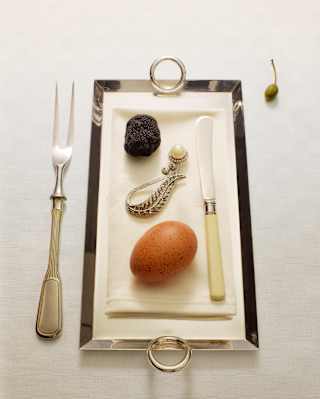
What to Wear on the Venice Simplon-Orient-Express
It’s the one place in the world where it’s impossible to be overdressed. Style expert Osman Ahmed reveals her top tips on what to wear on the Venice Simplon-Orient-Express train, as part of our ‘Location Dressing’ series.
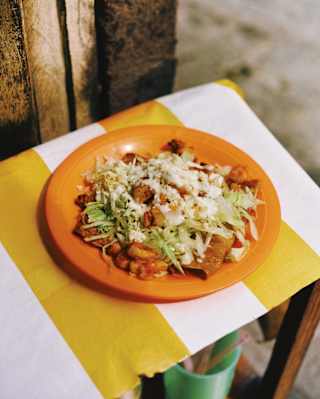
Recipe: Enchiladas del Portal
While the term ‘enchiladas’ covers a wide range of flavour combinations with infinite permutations of stuffings and toppings, this version uses Guajillo chillies for a beautifully smoky flavour and sweet heat, which combines perfectly with cinnamon and cumin – the ultimate Mexican comfort food.
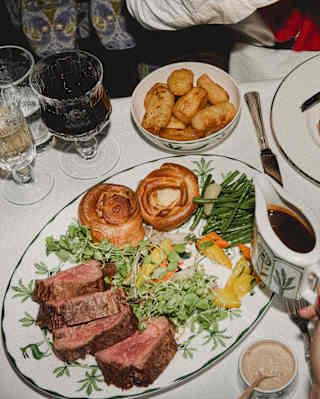
The Great British Sunday Roast
The Brits’ love of a Sunday Roast has survived rationing and the rise of fads and food trends to carve out a place at the very heart of British culture. Discover the history of our national love affair with the Sunday Roast, and where to find the very best in London.

The Wedding Trends Defining 2026
Planning your big day? Weddings in 2026 are moving beyond tradition to embrace celebrations that are personal, meaningful and effortlessly elegant. From intimate beach elopements to sophisticated Art Deco-inspired soirées, discover the top trends for next year – each paired with the perfect Belmond venue.
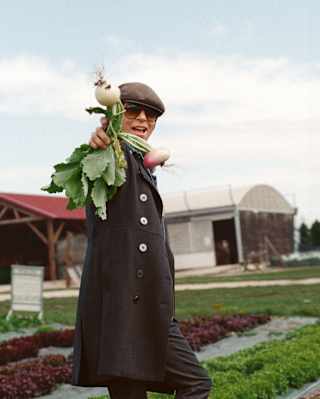
Breaking Bread with Chef Dominique Crenn
Forget everything you thought you knew about dining on a boat. Meet Chef Dominique Crenn – of the 3 Michelin star Atelier Crenn – who is charting a new course for French river cruising on board Les Bateaux Belmond, her new culinary canvas.
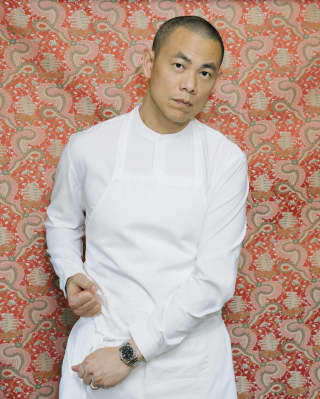
Breaking Bread with Chef André Chiang
With every dish he creates, Chef André Chiang wants to capture the taste of a place and the story of a journey. We stepped into the kitchen of the culinary curator onboard the Eastern & Oriental Express as it travels through Malaysia for an insight into his culinary philosophy and the art of writing a menu.

Recipe: Hotel Cipriani’s Bellini Cocktail
With fragrant white peach and chilled Prosecco, the Bellini is arguably the most famous cocktail in Venice. Learn how to make it with the original recipe from inventor Giuseppe Cipriani, founder of our iconic Hotel Cipriani.